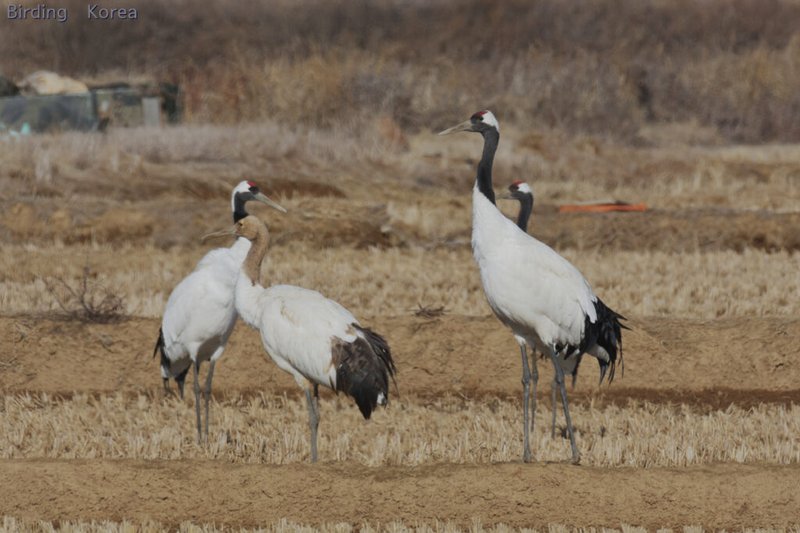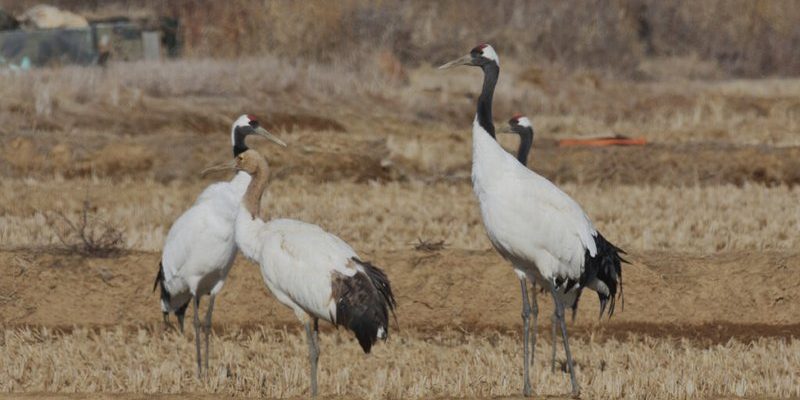
Let’s think about the crane for a moment. Imagine it dancing across a shimmering lake or soaring high above the trees. It embodies beauty, resilience, and hope. This article will take you on a journey through the realms of various cultures and explore how cranes have found their way into folklore and local traditions. Together, we’ll uncover the stories behind these captivating birds and what they mean to people around the world.
The Crane in Japanese Culture and Folklore
One of the most famous cultural representations of the crane comes from Japan. In Japanese folklore, the crane is seen as a symbol of longevity and good fortune. You might have heard of the tale of the thousand origami cranes. Legend has it that folding one thousand paper cranes grants a person a wish, often linked to health and happiness. This tradition became widely known because of Sadako Sasaki, a young girl who folded cranes while battling leukemia after the atomic bombing of Hiroshima.
The crane is also featured in traditional Japanese art and poetry, celebrated for its beauty and grace. Artists often depict cranes in serene landscapes, embodying peace and harmony. In Japanese New Year celebrations, you might spot crane motifs adorning decorations, symbolizing the hope for a prosperous year ahead.
Cranes in Shinto Beliefs
In the Shinto religion, which is the indigenous spirituality of Japan, cranes are believed to be messengers of the gods. They are often associated with various deities, linking the earthly realm to the divine. The idea is that when a crane appears, it could signify a visit from the spiritual world, bringing blessings and guidance.
This reverence for cranes extends to festivals as well. During the annual Hina Matsuri, or Doll Festival, cranes are sometimes included in displays and offerings, further emphasizing their importance in Japanese culture.
Cranes in Chinese Myths and Traditions
Moving to China, cranes are equally prominent in folklore. In Chinese mythology, the crane represents wisdom and immortality. It’s often depicted alongside the peach tree, which symbolizes longevity. You might find it interesting that in many Chinese tales, cranes are seen as guardians of the heavens, guiding the souls of the deceased to the afterlife.
Cranes also play a role in Chinese calligraphy and paintings, where they are represented in a variety of elegant styles. The phrase “may you live a long life, like the crane” is a common blessing during special occasions like birthdays, further showcasing its significance.
Festivals Celebrating Cranes
There are even festivals in China dedicated to cranes, such as the Yangtze River Cranes Festival, where people gather to celebrate the beauty of these birds and raise awareness about their conservation. It’s a reminder of how culture and nature can intersect beautifully.
The Crane in Native American Tribes
In North America, various Native American tribes also hold the crane in high esteem. The bird often appears in creation stories and legends, symbolizing strength and community. For many tribes, the crane is seen as a bringer of wisdom and a reminder to maintain harmony with nature.
One prevalent story among some tribes speaks of the crane guiding lost souls or serving as a protector. In these tales, cranes are revered for their intelligence and ability to adapt, reminding us of the importance of resilience in challenging times.
Cranes and Rituals
Cranes often appear in rituals and ceremonies, representing transformation and renewal. During certain celebrations, feathers from cranes may be used to create ceremonial attire, honoring the bird’s spiritual significance.
The Crane in European Folklore
Shifting to Europe, we find that cranes have made their mark in various folktales and traditions. In German folklore, for instance, cranes are linked to returning spirits and have been symbolized as protectors. You might be surprised to learn that there’s a saying in some parts of Europe: “A crane in the field brings good harvest,” highlighting the bird’s association with prosperity.
In Scandinavia, cranes are part of myths tied to the seasons. There’s a belief that the return of cranes in the spring heralds the renewal of life and warmth after the cold months.
Celebrations Honoring Cranes
In some European countries, festivals are held during the migration season to celebrate the arrival of cranes. These events often include music, dance, and storytelling, focusing on the crane’s role as a harbinger of change and good fortune.
Modern Interpretations of Cranes in Art and Literature
In today’s world, the crane continues to inspire artists, writers, and filmmakers. Its graceful image is often used in artworks and literature as a metaphor for peace and hope. You might have come across poems or stories where cranes embody the spirit of perseverance, reminding us to pursue our dreams even against the odds.
Cranes also appear in popular culture, from animated films to contemporary art installations. Their symbol of elegance and resilience resonates with many people, making them a popular choice for various creative expressions.
The Crane as an Environmental Symbol
In recent years, as environmental concerns rise, cranes have also become symbols of conservation efforts. Many organizations work to protect crane habitats and raise awareness about their endangered species. They represent the need for harmony between nature and human activities, encouraging us to appreciate and preserve the beauty of our world.
The crane is undeniably a powerful symbol across various cultures, steeped in rich traditions and meaningful stories. Whether serving as a messenger of the gods in Japan or as a protector in Native American lore, these birds remind us of the beauty and complexity of life. Their elegance inspires hope, resilience, and a sense of community, connecting people across the globe.
As we recognize the crane’s importance in local cultures and folklore, let’s take a moment to appreciate their beauty in nature and the stories they tell. After all, the crane is not just a bird—it’s a universal symbol of our shared experiences and aspirations. Let’s cherish these remarkable creatures and the lessons they bring to our lives.

